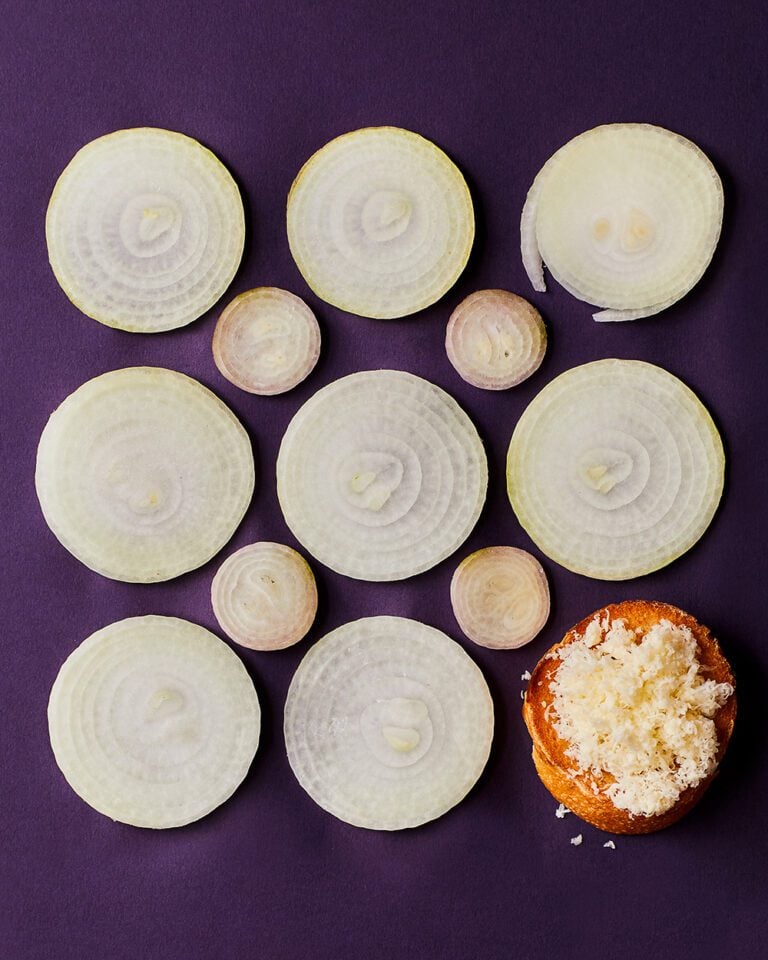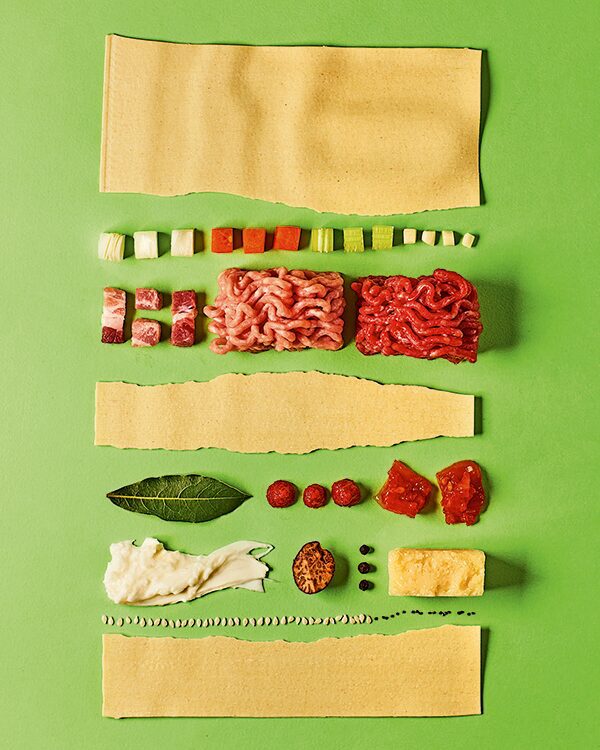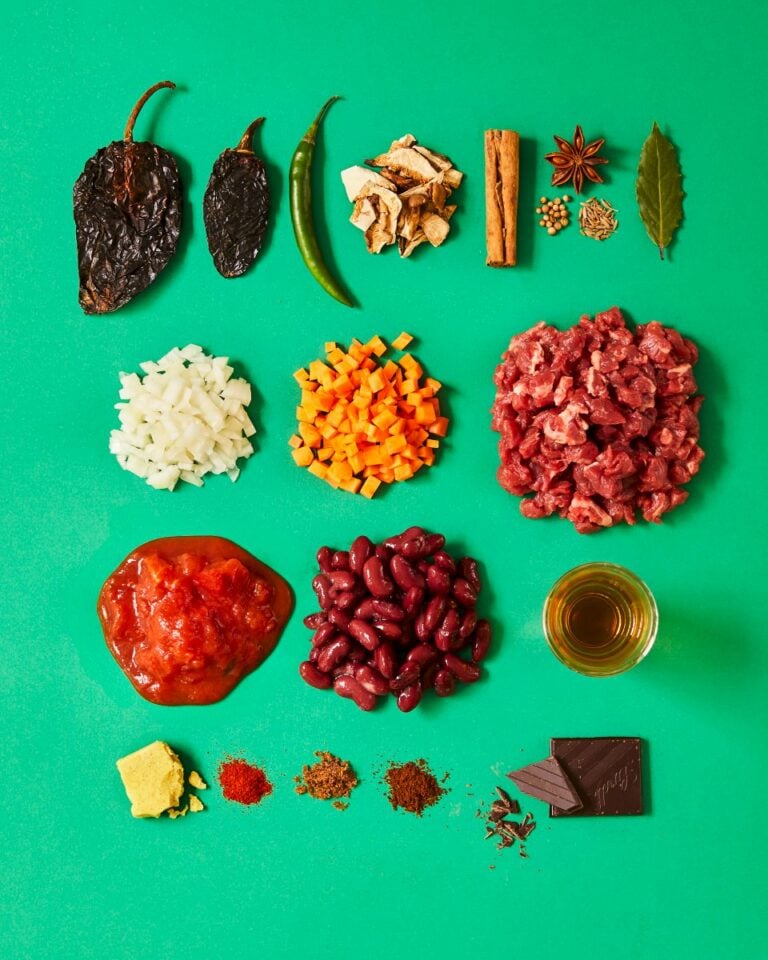Best of the best: how to make the ultimate seafood stew
No shortcuts. No cheat ingredients. Our best of the best series takes the view that if something’s worth doing, it’s worth doing right. We examine a classic dish, delving into the processes and analysing why it tastes so good, then we give you our ultimate recipe. This month: Pollyanna Coupland shells out for a superb treat, the ultimate seafood stew…
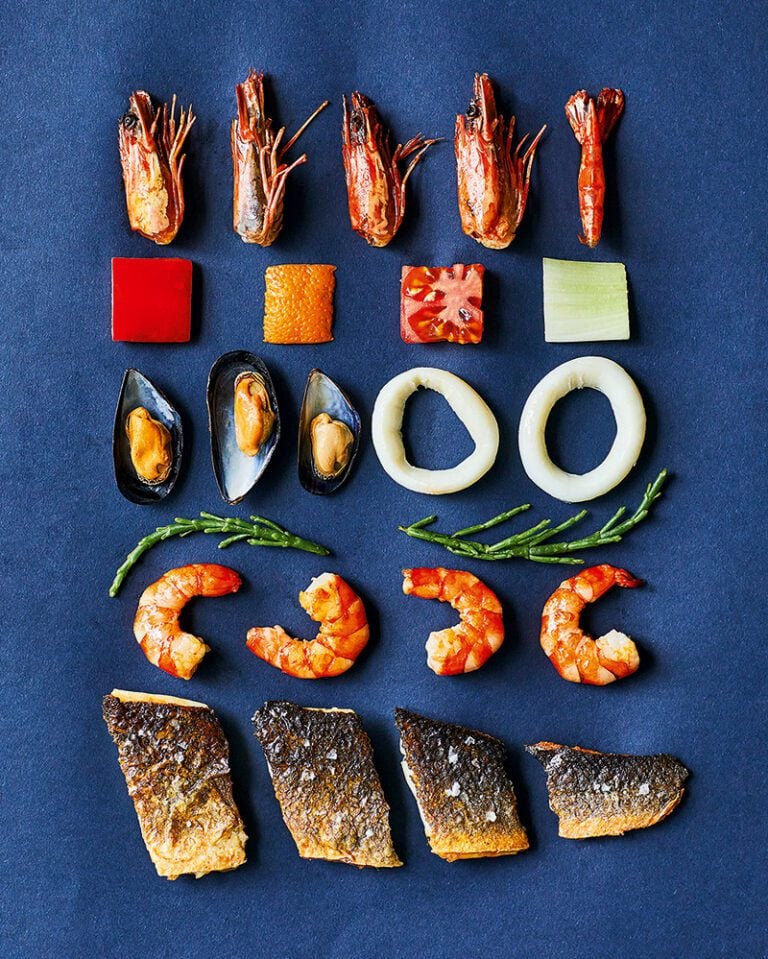
A handful of prawns, a few squid rings and a bag of mussels can be transformed into all manner of luxurious dishes – but serving them in a simple broth or sauce has always been my go-to. It’s a failsafe way to cook seafood to perfection, it works in the height of summer as well as the depths of winter, and it means you can make use of the discarded shells (which are packed with flavour).
Of course, seafood stews vary hugely depending on where in the world you are. There’s creamy cullen skink from Scotland and the rich chowders of New England; tomato-based bouillabaisse and cioppino from the Mediterranean (the latter via San Francisco); the fragrant coconut-laced moqueca of Brazil, Sri Lankan fish sothi and many more. Here, rather than focusing on one specific type of seafood stew, I’m cheekily cherry-picking ingredients and techniques from all my favourites to bring you my ultimate version.
Making a top stock
Any stew lives or dies on the quality of its base sauce or stock. If you can get that packed with flavour, the rest is easy. While I love creamy sauces (both coconut and dairy), they can sometimes overpower that fresh, sweet brightness you get from seafood. An infused stock-based broth allows all the flavours in your stew to shine.
Many European seafood stews (notably bouillabaisse) use a fish stock that’s slowly simmered, then put through a food mill – fish bones and all – for maximum flavour. This is absolutely delicious but takes time and effort. Instead, because I’m making more of a shellfish-based stew, I do a similar thing but with prawn heads and shells. It’s quicker, easier and you get freshly peeled prawns for your stew at the end of it. The pigment in the shells also gives your stock a beautiful orange hue. It knocks any shop-bought fish stock out of the park and, while it takes a little longer to peel the prawns yourself, it’s a zero-waste technique that rewards you with bags of flavour. Win-win!
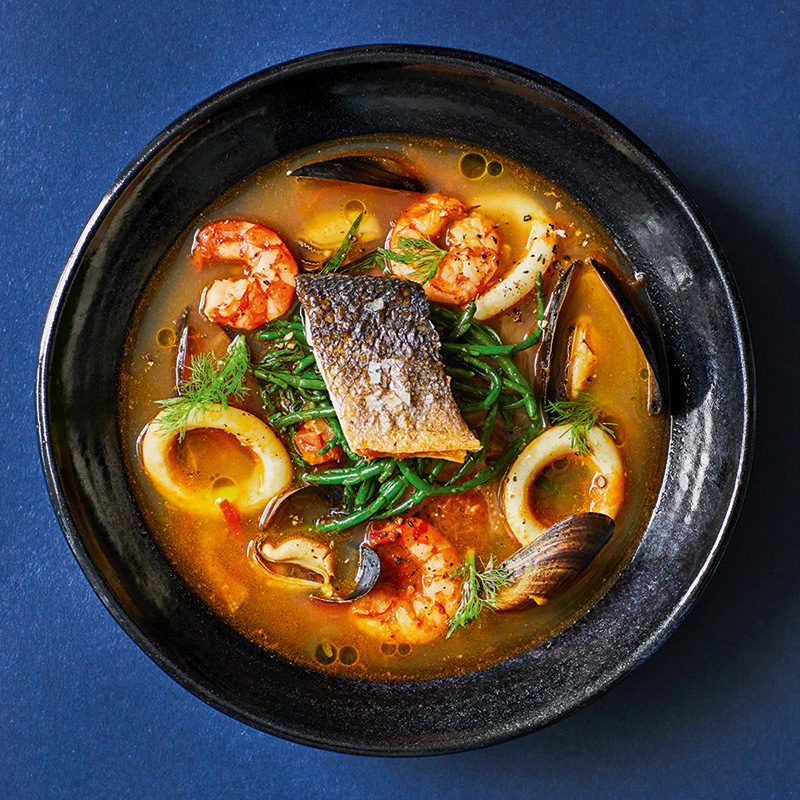
Choosing your seafood
Seafood stews almost always came about as a way for fishermen to use up random bits and bobs from the day’s catch – which is why there are so many regional and international variations. This is handy as it means you can chop and change the type of seafood and fish you use.
A good fishmonger will sell what’s in season, so if you’re looking to impress it’s always best to head there. But frozen seafood is worth considering too. Squid rings, scallops, mussels (and of course shell-on prawns) are a combination that’s tough to beat and all are readily available in the freezer aisle. They’re usually frozen at the peak of freshness, so can be fresher than you’ll find
in some fishmongers.
Harmonising the flavours
Most great dishes have lots of flavours working in harmony, including a seafood stew. Picking a main element and choosing contrasting and complementary ingredients to sit beside it is the best way to achieve balance. In this case, prawns are the star of the show: naturally sweet with a burst of salinity at the same time.
For complementary flavours, sweet tomatoes and red peppers are an obvious pairing; fennel (in bulb and seed form) and tarragon lend an anise-led sweetness too. When it comes to salinity, I like to add a handful of samphire, which also brings great texture. As for contrast, acidity (white wine and lemon juice), bitter fruitiness (orange peel) and heat (red chilli) are an unbeatable trio.
What about fish?
This is largely a shellfish stew, but it seems a shame to exclude their fishy cousins completely. Rather than poaching the fish in the stock with everything else, fry a few fillets to sit on top as you serve. It looks pleasingly cheffy, and means you get crisp fish skin (one of life’s great pleasures) adding textural contrast to the brothy depths below. One or two small pieces per serving is all you need, and make sure you start cooking it in a cold pan to stop the skin curling up: this keeps the fillet flat and crispiness to the max.
Ready to get cooking? Here’s our best of the best seafood stew recipe.
Subscribe to our magazine
Food stories, skills and tested recipes, straight to your door... Enjoy 5 issues for just £5 with our special introductory offer.
Subscribe
Unleash your inner chef
Looking for inspiration? Receive the latest recipes with our newsletter
